Market Analysis
Body Contouring Devices and Procedures Market (Global, 2023)
Introduction
Body contouring is a dynamic and rapidly developing segment of the aesthetic and cosmetic industry. The growth of this market is driven by the increasing demand for non-invasive and minimally invasive body contouring solutions from consumers. In a society where beauty is increasingly reflected in a more diverse and inclusive body, people are increasingly looking for new and effective methods of body contouring with short recovery times. In this field, a wide range of products and procedures are available, such as cryolipolysis, laser lipolysis, radiofrequency, and ultrasonic devices, which are used to treat localized areas and to improve the general appearance of the body. The growing prevalence of obesity and the growing concern about body image are driving the demand for new body contouring solutions and thus the development of new technologies and procedures. Furthermore, the impact of social media and celebrity endorsements has led to an increase in interest and investment in body contouring solutions. However, in order to stay competitive, companies need to cope with regulatory challenges, changing consumer expectations, and the need for continuous innovation.
PESTLE Analysis
- Political
- In 2023, the market for body-contouring devices and procedures will be influenced by a number of political factors, such as government support for health innovations and regulatory policies. The U.S. Food and Drug Administration has already approved more than 20 new body-contouring devices since 2020, which shows a high degree of vigilance regarding the safety and effectiveness of these devices. In addition, in 2023, the U.S. government will allocate approximately $ 1.5 billion for the development of medical technology, which will include body-contouring devices.
- Economic
- The economic situation of the body-contouring market is determined by the trends in consumer spending and medical spending. In 2023, the average expenditure per person on cosmetic surgery, including body contouring, reached sixteen thousand dollars, indicating a brisk demand for aesthetic procedures. Moreover, global health expenditures are expected to surpass ten thousand billion dollars in 2023, with a significant portion going to elective procedures, such as body contouring, as the income of consumers rises and they become more interested in their health and appearance.
- Social
- The social ideas of the beauty of the body and of the face have changed considerably, and have influenced the market for body-contouring products. Surveys in 2023 show that seven out of ten young adults aged between 18 and 34 consider body-contouring procedures to be a good way of enhancing their appearance. This reflects a cultural change towards greater acceptance of cosmetic enhancements. The rise of social media has led to a 40 per cent increase in the number of articles about body-contouring procedures on the web, resulting in greater interest and demand.
- Technological
- In the body reshaping devices market, technological advancement is a major driver. In 2023, the introduction of non-invasional devices such as cryolipolysis and radiofrequency devices would increase the efficiency and safety of body reshaping procedures. The market has seen the introduction of more than 15 new devices based on advanced technology. The patient satisfaction rate of some of these devices is as high as 95% in clinical trials. Artificial intelligence in the treatment of body reshaping will also improve the outcome and experience of patients.
- Legal
- Legal factors play an important role in the body reshaping market, especially in terms of compliance with regulations. In 2023, the FDA issued stricter guidelines for the distribution of body reshaping devices, requiring manufacturers to submit clinical data demonstrating safety and efficacy. This has led to a significant rise in the cost of compliance, with manufacturers spending on average $200,000 per product to meet the new standards.
- Environmental
- On the market for body-shaping devices, environmental considerations are becoming more and more important. In 2023, about one-third of the manufacturers are already using sustainable materials and energy-saving manufacturing methods. A quarter of the new products launched in 2023 are sold in biodegradable packaging, showing an increasing commitment to the environment.
Porter's Five Forces
- Threat of New Entrants
- The barriers to entry to the market for body contouring devices and procedures are medium-high due to the significant investment in technology and regulatory compliance. However, while new developments in technology may lower some of the barriers to entry, established brands with strong reputations and customer loyalty continue to present a challenge to new entrants. The requirements for certification and approval can also act as a deterrent to potential competitors.
- Bargaining Power of Suppliers
- The bargaining power of the suppliers in the body-shaping market is relatively low. There are many suppliers of the raw materials and components that go into making the devices, which leads to a highly competitive market. The manufacturers are therefore able to switch suppliers with relative ease, which limits the power of any one supplier over price and terms.
- Bargaining Power of Buyers
- The market for body reshaping has high bargaining power for buyers, because of the availability of so many options and alternatives. It is a very competitive market, where the consumers can easily compare the various products and services. The consumers are very knowledgeable and sensitive to price. Therefore, the suppliers have to compete with each other in terms of price, quality and service in order to retain the customers.
- Threat of Substitutes
- The threat of substitutes in the market for body-shaping products is moderate. Diet and exercise are the most obvious alternatives to body-shaping products. However, non-inva-sive devices and procedures are becoming more popular. The effectiveness and results of these alternatives vary, which may limit their appeal in comparison with the established methods of body-shaping.
- Competitive Rivalry
- Competition is high in the market for body-shaping devices and procedures, with many players vying for market share. Companies are constantly innovating and improving their offerings in order to stand out from the competition. And the presence of both established brands and new entrants intensifies competition, leading to aggressive marketing strategies and price wars.
SWOT Analysis
Strengths
- Growing consumer demand for non-invasive body contouring solutions.
- Technological advancements leading to more effective and safer procedures.
- Strong brand loyalty among established players in the market.
- Increasing awareness and acceptance of body contouring as a cosmetic option.
Weaknesses
- High costs associated with advanced body contouring devices.
- Limited insurance coverage for cosmetic procedures, affecting accessibility.
- Potential side effects and complications leading to patient hesitance.
- Market saturation in certain regions, leading to intense competition.
Opportunities
- Expansion into emerging markets with rising disposable incomes.
- Development of innovative technologies and procedures to enhance results.
- Growing trend of wellness and self-care driving demand for body contouring.
- Partnerships with aesthetic clinics and wellness centers to broaden reach.
Threats
- Regulatory challenges and changing healthcare policies impacting market dynamics.
- Economic downturns affecting consumer spending on elective procedures.
- Emergence of alternative treatments and technologies posing competition.
- Negative publicity or patient dissatisfaction leading to reputational risks.
Summary
Body Contouring Devices and Methods Market in 2023 is characterized by strong consumer demand and technological advancements, which have positioned the market well for growth. High costs and regulatory challenges, however, are a major weakness and threat. Opportunities include expansion into emerging markets and innovation of new procedures. Competition from alternative treatments is a major challenge. Strategic alliances and increased focus on educating consumers can help reduce risks and seize opportunities.

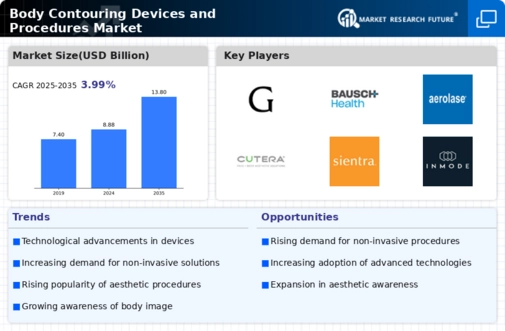
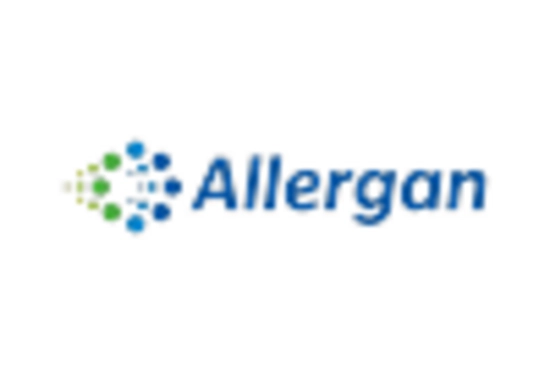
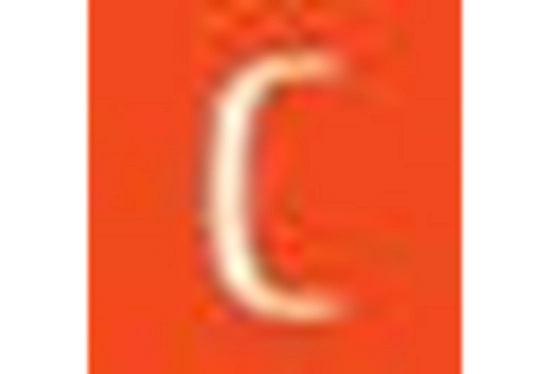
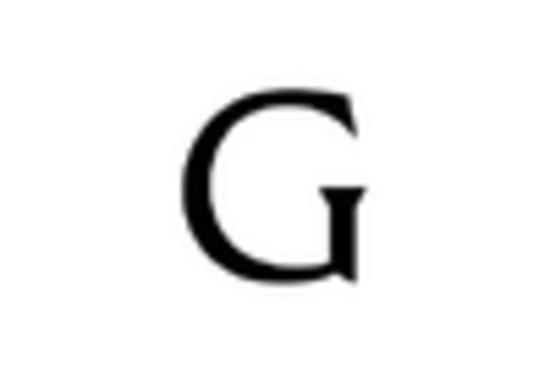

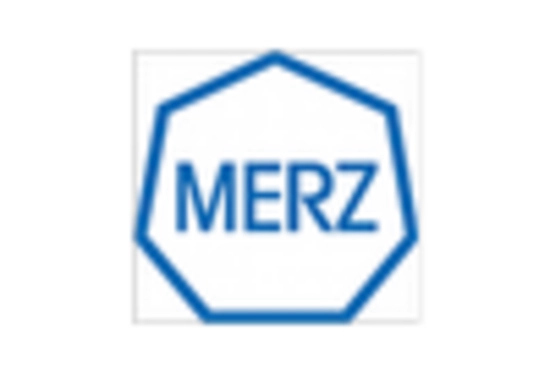










Leave a Comment